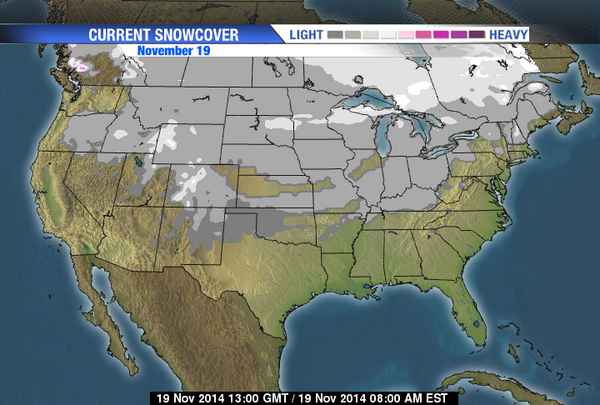

Some alternative methods have shown promise at the local scale. Airborne lidar systems 5, 14 are likely the most accurate to date, but are limited to targeted mountain areas and favorable weather conditions. Passive microwave observations 10, 11 typically exclude mountains because their coarse (~25 km) footprints cannot resolve the spatial variability, and the observations saturate in deep snow (>0.8 m depth) 12, 13. Remote sensing provides essential snow depth information, yet currently operational observations have shortcomings 9.

The current estimates from the interpolation of local measurements are unrealistic where measurements are sparse 9, whereas estimates from numerical weather prediction systems are poor due to the large uncertainty in mountain snowfall 4. Despite this importance, we lack quantitative estimates of how much snow is stored in each mountain range on Earth 9. For instance, they provide drinking water to over a billion people 3, 4, supply 3/4 th of the crop production in the western US 5, generate hydro-electric power worldwide 4, and sustain the vast urban settlements in Himalayan watersheds 6– 8. Water resources from snowmelt, of which the majority originates in mountain ranges, are indispensable. Snow has a large-scale cooling effect on our planet by reflecting most of the incoming solar radiation and by dissipating energy during seasonal melt 1, 2.


 0 kommentar(er)
0 kommentar(er)
